Charles M. Kozierok The TCP-IP Guide
Подождите немного. Документ загружается.


The TCP/IP Guide - Version 3.0 (Contents) ` 1191 _ © 2001-2005 Charles M. Kozierok. All Rights Reserved.
general database server, providing DNS services and so forth. So, a DHCP server need not
be a special computer; any device that can run a DHCP server implementation can act as a
server.
In fact, the DHCP server may not even need to be a host computer at all. Today, many
routers include DHCP functionality. Programming a router to act as a DHCP server allows
clients that connect to the router to be automatically assigned IP addresses. This provides
numerous potential advantages in an environment where a limited number of public IP
addresses is shared amongst multiple clients, or where IP Network Address Translation
(NAT) is used to dynamically share a small number of addresses. Since DHCP requires a
database, a router that acts as a DHCP server requires some form of permanent storage.
This is often implemented using flash memory on routers, while “true” servers of course use
hard disk storage.
Virtually all modern operating systems include support for DHCP, including most variants of
UNIX, Linux, newer versions of Microsoft Windows, Novell NetWare and others. In some
cases, you may need to run the “server version” of the operating system to have a host act
as a DHCP server. For example, while Microsoft Windows XP supports DHCP, I don't
believe that a DHCP server comes in “Windows XP Home”, the “home user” version. (Of
course, you could install one yourself!)
DHCP Server Software Features
In most networks you will choose the operating system based on a large number of factors.
The choice of OS will then dictate what options you have for selecting DHCP server
software. Most common operating systems have a number of options available for software.
While all will implement the core DHCP protocol, they will differ in terms of the usual
software attributes: cost, performance, ease of use and so. They may also differ in terms of
their features, such as the following:
☯ How they allow address ranges (scopes) to be defined.
☯ How clients can be grouped and managed.
☯ The level of control an administrator has over parameters returned to a client.
☯ The level of control an administrator has over general operation of the protocol, such
as specification of the T1 and T2 timers and other variables, and how leases are
allocated and renewals handled.
☯ Security features.
☯ Ability to interact with DNS to support dynamic device naming.
☯ Optional features such as BOOTP support, conflict detection, and automatic private IP
addressing.
Choosing the Number of Servers
In setting up DHCP for a network, there are a number of important factors to consider and
decisions to be made. One of the most critical is the number of servers you want to have. In
theory, each network requires only one DHCP server; in practice, this is often not a great
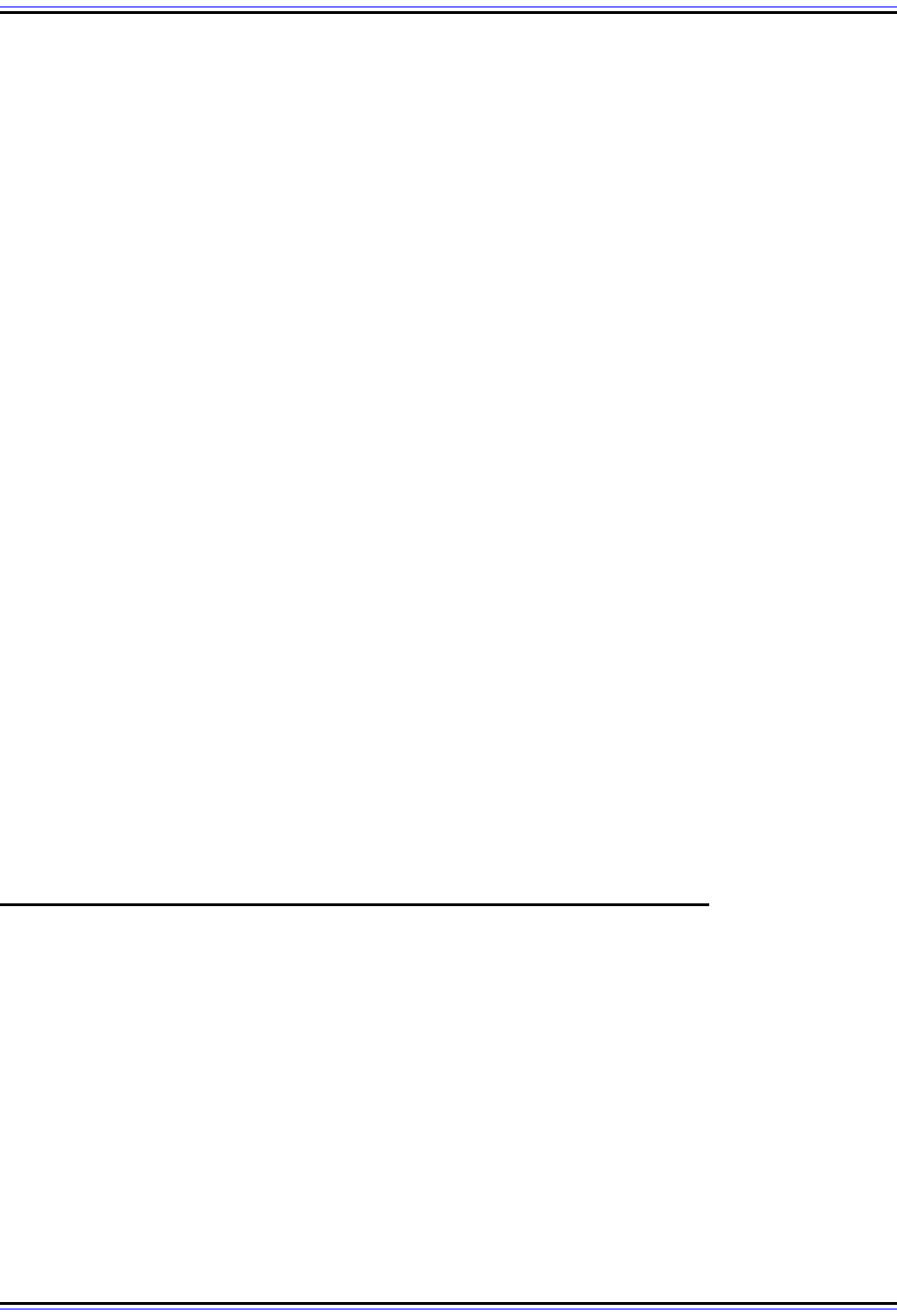
The TCP/IP Guide - Version 3.0 (Contents) ` 1192 _ © 2001-2005 Charles M. Kozierok. All Rights Reserved.
idea. Servers sometimes experience hardware or software failures, or have to be taken
down for maintenance. If there is only one server and clients can't reach it, no DHCP clients
will be able to get addresses. For this reason, two or more servers are often used.
If you do use more than one server, you have to carefully plan how you will configure each
one. One of the first decisions you will need to make is which servers will be responsible for
which addresses and clients. You have to determine whether you want the servers to have
distinct or overlapping address pools, as discussed in the topic on DHCP address ranges.
Distinct pools ensure that addresses remain unique but result in unallocatable addresses if
a server fails; overlapping addresses are more flexible, but risk address conflicts unless a
feature like conflict detection is used.
Server Placement, Setup and Maintenance
Once you know how many servers you want, you have to determine on which part of the
network you want to place them. If you have many physical networks, you may also need to
use DHCP relaying to allow all clients to reach a server. Of course, the structure of the
network may affect the number of servers you use, so many of these decisions are
interrelated.
You must make policy decisions related to all the DHCP operating parameters we have
seen earlier. The two biggies are deciding on the size and structure of the address pool,
and making lease policy decisions such as lease length and the settings for the T1 and T2
timers. You also must decide what clients will be dynamically allocated addresses and how
manually-configured clients will be handled.
Finally, it's essential for the administrator to remember that an organization's DHCP server
is a database server and must be treated accordingly. Like any database server, it must be
maintained and managed carefully. Administrative policies must be put into place to ensure
the security and efficient operation of the server. Also, unlike certain other types of
database systems, the DHCP database is not automatically replicated; the server database
should therefore be routinely backed up, and using RAID storage is also a good idea.
DHCP Client General Implementation and Management Issues
I said in the previous topic that without DHCP servers, there would be no DHCP, which is
true. DHCP servers are where most of the protocol is implemented, so they are the heart of
the protocol. With servers you have DHCP, but without clients, there's nothing to actually
use DHCP, so nobody would even care. Thus, even though they are less critical than
servers when viewed strictly from the point of view of the protocol, DHCP clients are still
quite important.
Just as a DHCP server consists of server software running on a server platform or hardware
acting as a server, a DHCP client is simply DHCP client software running on a client device.
Most often, a client device is a host computer connected to a TCP/IP internetwork. DHCP is
today so widely accepted that virtually all hosts include DHCP client software. The DHCP
client is usually integrated into graphical operating systems like Windows, or is imple-
mented using a specific client daemon like dhclient or dhcpcd on UNIX/Linux.
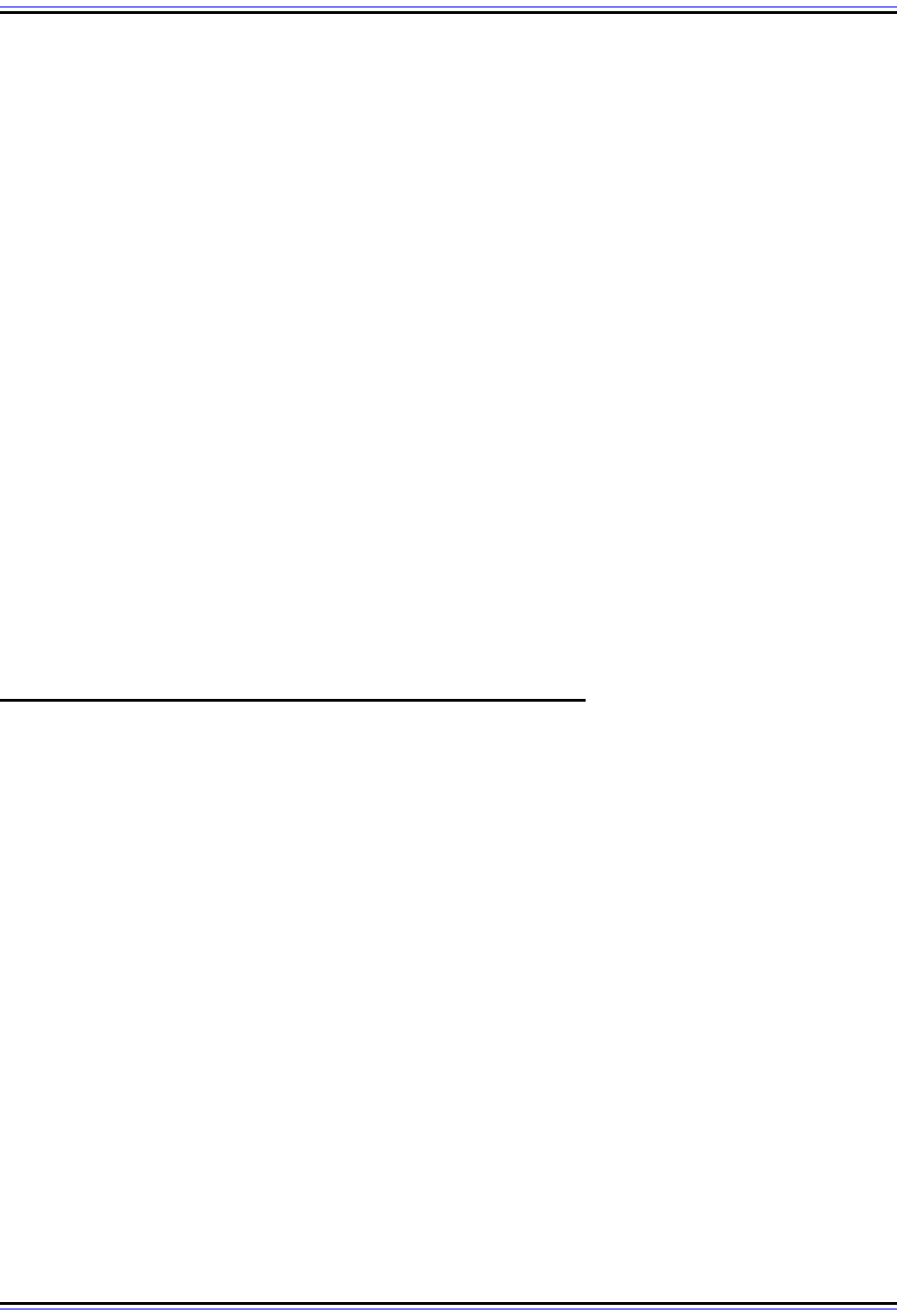
The TCP/IP Guide - Version 3.0 (Contents) ` 1193 _ © 2001-2005 Charles M. Kozierok. All Rights Reserved.
Since the entire idea behind DHCP is to put the server in charge of parameter storage,
configuration and address management, DHCP clients are relatively simple. The client
implements the messaging protocol and communicates parameters received from the
DHCP server to the rest of the TCP/IP software components as needed. It doesn't do a
whole lot else.
In fact, there's not really much for an administrator to do to set up a client to use DHCP. In
some operating systems, it's as simple as “throwing a switch”, by enabling DHCP support
within the client itself. This prompts the client to then stop using any manually-configured
parameters and start searching for a DHCP server instead. The server then becomes
responsible for the client's configuration and address assignment.
Since the client doesn't do a great deal in DHCP other than communicate with the server,
not much is required in the way of user software for a DHCP client. In most cases, control
over the DHCP client software is accomplished using a TCP/IP configuration utility.
Windows clients use the programs ipconfig or winipcfg to display the status of their current
DHCP leases. These programs also allow the client to manually release the current lease
or renew it.
Releasing the lease means early lease termination using the DHCPRELEASE message.
This is usually the only way that a lease is terminated. Renewing the lease is a manual
version of the automated renewal process. Releasing and renewing the lease may be done
in sequence to reset a client that is in a confused state or is having some other type of
DHCP or connectivity problem.
DHCP Message Relaying and BOOTP Relay Agents
DHCP is the third-generation host configuration protocol for TCP/IP. We've already seen
extensively how it was based directly on the Boot Protocol; BOOTP was in turn an
enhancement of the earlier Reverse Address Resolution Protocol (RARP). Even though
each new protocol has made significant improvements over its predecessor, each iteration
has retained certain limits that are actually common to all host configuration protocols.
One of the most important limitations with host configuration protocols is the reliance on
broadcasts for communication. Whenever we are dealing with a situation where a client
needs to communicate but doesn't know its IP address and doesn't know the address of a
server that will provide it, the client needs to use broadcast addressing. However, for perfor-
mance reasons, broadcasts are normally only propagated on the local network. This means
that the client and server would always need to be on the same physical network for host
configuration to occur. Of course, we don't want this to be the case. It would require that a
large internetwork have a different server on every network, greatly reducing the benefits of
centralized configuration information, and creating numerous administrative hassles.
Use of BOOTP Relay Agents for DHCP
RARP didn't have any solution to the problem of clients and servers on different networks,
which is one reason why it was so limited in usefulness. BOOTP did: it allows a client and
server to be on different networks through the use of BOOTP relay agents. A relay agent is

The TCP/IP Guide - Version 3.0 (Contents) ` 1194 _ © 2001-2005 Charles M. Kozierok. All Rights Reserved.
a device that is not a BOOTP server, but which runs a special software module that allows it
to act in the place of a server. A relay agent can be placed on networks where there are
BOOTP clients but no BOOTP servers. The relay agent intercepts requests from clients and
relays them to the server. The server then responds back to the agent, which forwards the
response to the client. A full rationale and description of operation of BOOTP relay agents
can be found in the topic discussing them.
The designers of DHCP were satisfied with the basic concepts and operation behind
BOOTP relay agents, which had already been in use for many years. For this reason, they
made the specific decision to continue using BOOTP relay agent functionality in DHCP. In
fact, this is one of the reasons why the decision was made to retain the BOOTP message
format in DHCP, and also the basic two-message “request/reply” communication protocol.
This allows BOOTP relay agents to handle DHCP messages as if they are BOOTP
messages.
This is also why the mention of BOOTP in the title of this topic is not a typo—DHCP in fact
uses BOOTP relay agents. Even the DHCP standard says that a “BOOTP relay agent is an
Internet host or router that passes DHCP messages between DHCP clients and DHCP
servers.” In practice, the agents are indeed sometimes called “DHCP relay agents”; you
may also see the mixed terms “BOOTP/DHCP relay agent” and “DHCP/BOOTP relay
agent”.
DHCP Relaying Process
Since DHCP was designed specifically to support BOOTP relay agents, the agents behave
in DHCP much as they do in BOOTP. Of course DHCP has much more complex message
exchanges, but as we've already seen, they are all still designed around the notion of a
client request and server response. There are just more requests and responses. The
BOOTP agent looks for broadcasts sent by the client and then forwards them to the server
just as described in the topic on BOOTP relay agent behavior, and then returns replies from
the server. The additional information in the DHCP protocol is implemented using additions
to the BOOTP message format in the form of DHCP options, which the relay agent doesn't
look at. It just treats them as it does BOOTP requests and replies.
So, in summary, when a relay agent is used, here's what the various client requests and
server replies in the DHCP operation section become:
☯ Client Request: When a client broadcasts a request, the relay agent intercepts it on
UDP port 67. It checks the Hops field, and discards the request if the value is greater
than 16; otherwise it increments the field. The agent puts its own address into the
GIAddr field unless another relay agent has already put its address in the field. It then
forwards the client request to a DHCP server, either unicast or broadcast on another
network.
☯ Server Reply: The server sees a non-zero value in GIAddr and sends the reply to the
relay agent whose IP address is in that field. The relay agent then sends the reply
back to the client, using either unicast or broadcast as discussed in the topic on DHCP
addressing.
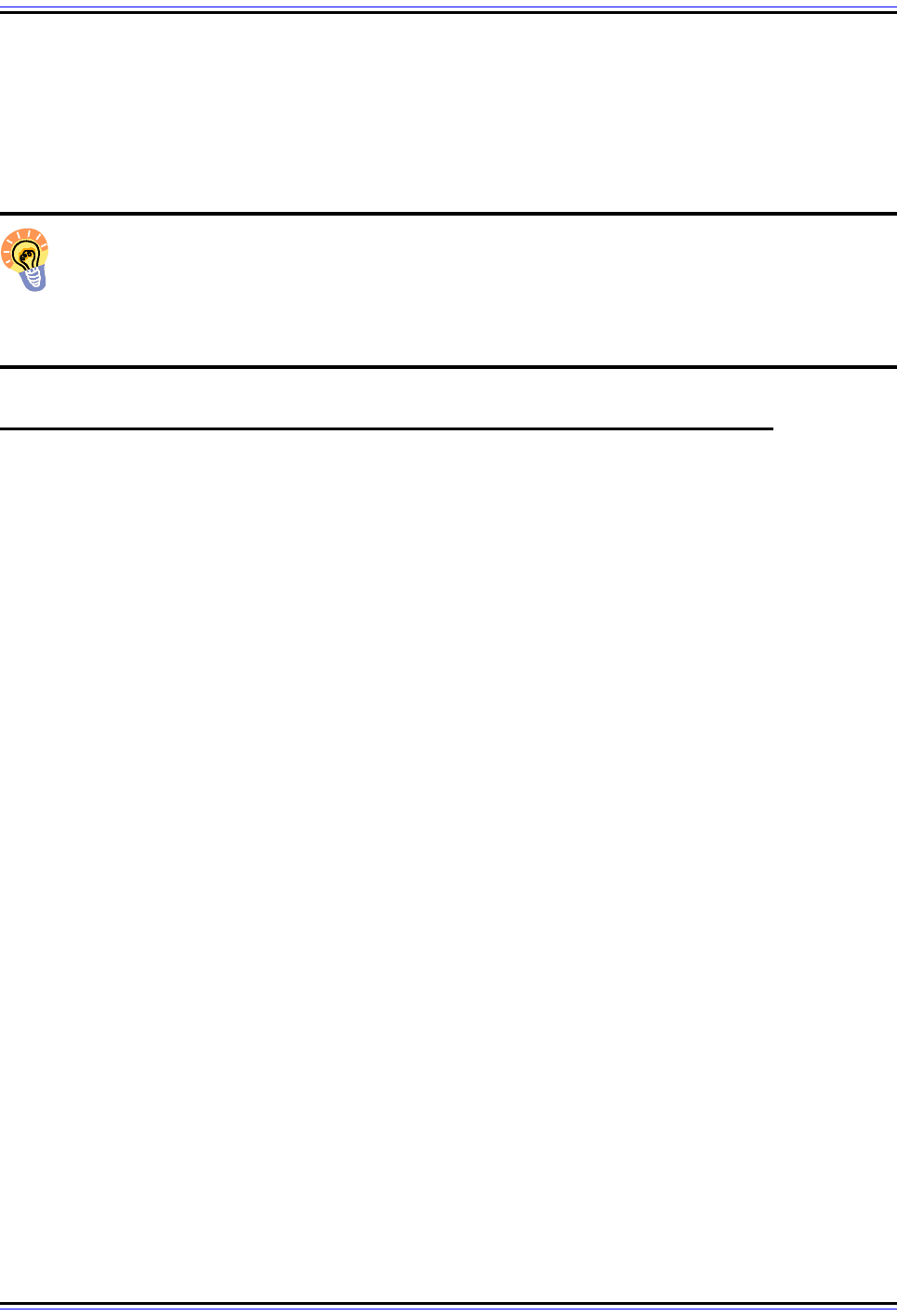
The TCP/IP Guide - Version 3.0 (Contents) ` 1195 _ © 2001-2005 Charles M. Kozierok. All Rights Reserved.
One difference between BOOTP and DHCP is that certain communications from the client
to the server are unicast. The most noticeable instance of this is when a client tries to renew
its lease with a specific DHCP server. Since it sends this request unicast, it can go to a
DHCP server on a different network using conventional IP routing, and the relay agent does
not need to be involved.
Key Concept: To permit DHCP clients and DHCP servers to reside on different
physical networks, an intermediary device is required to facilitate message exchange
between networks. DHCP uses the same mechanism for this as BOOTP: the
deployment of BOOTP relay agents. The relay agent captures client requests, forwards
them to the server, and then returns the server’s responses back to the client.
DHCP Autoconfiguration / Automatic Private IP Addressing (APIPA)
The IP address of a TCP/IP host is, in many ways, its identity. Every TCP/IP network
requires that all hosts have unique addresses to facilitate communication. When a network
is manually configured with a distinct IP address for each host, the hosts permanently know
“who they are”. When hosts are made DHCP clients, they no longer have a permanent
identity; they rely on a DHCP server to tell them “who they are”.
Client Recovery From Failure to Obtain an IP Address
The dependency of DHCP clients on servers is not a problem as long as DHCP is
functioning normally and a host can get a lease, and in fact has many benefits that we have
explored. Unfortunately, a number of circumstances can arise that result in one of the
DHCP processes not resulting in a lease for the client. The client may not be able to obtain
a lease, re-acquire one after reboot, or renew an existing lease. There are many possible
reasons why this might happen:
☯ The DHCP server may have experienced a failure, or may be taken down for
maintenance;
☯ The relay agent on the client's local network may have failed;
☯ Another hardware malfunction or power failure may make communication impossible;
☯ The network may have run out of allocatable addresses.
Without a lease, the host has no IP address, and without an address, the host is effectively
dead in the water. The base DHCP specification doesn't really specify any recourse for the
host in the event that it cannot successfully obtain a lease. It is essentially left up to the
implementor to decide what to do, and when DHCP was first created, many host implemen-
tations would simply display an error message and leave the host unusable until an
administrator or user took action.
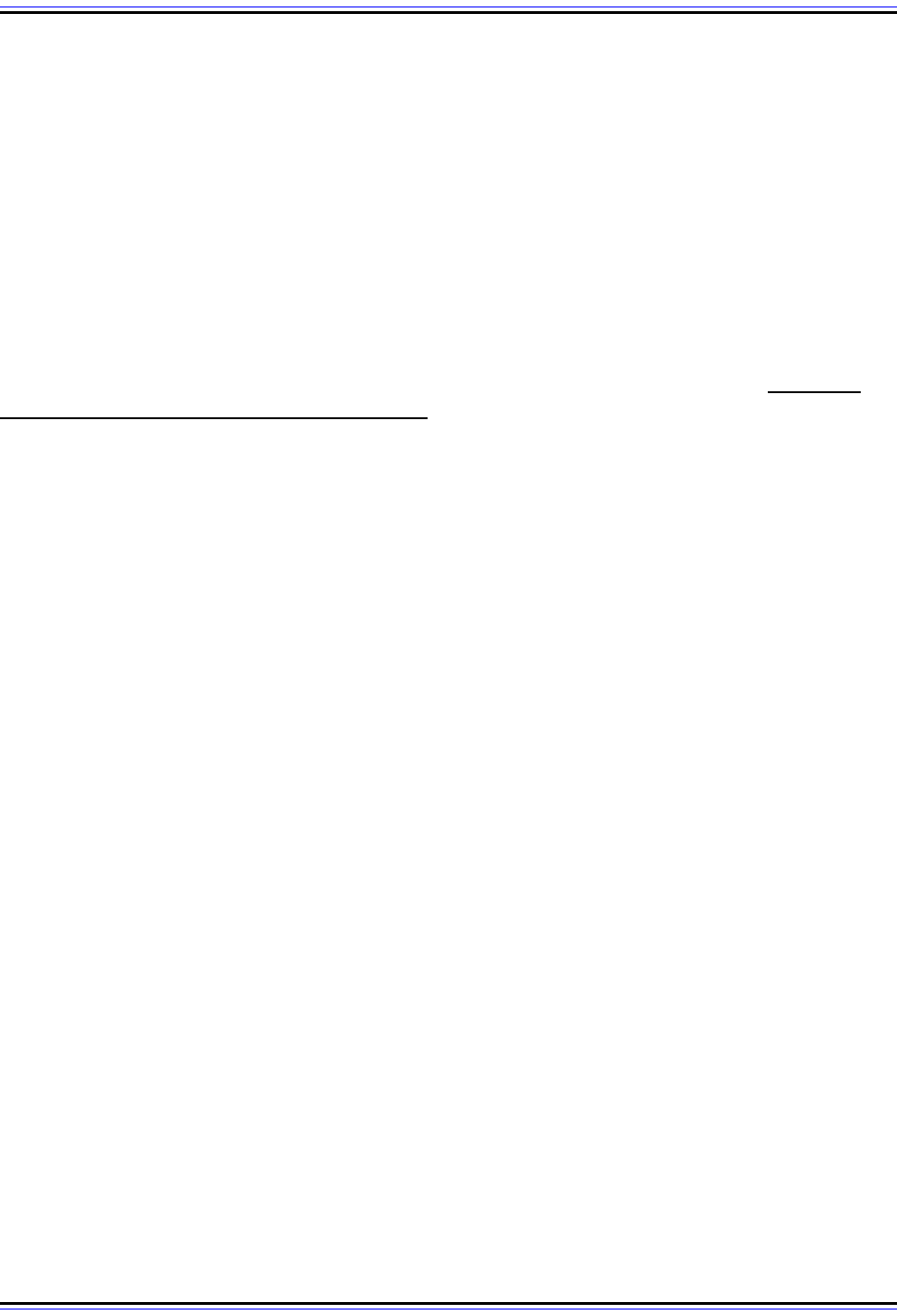
The TCP/IP Guide - Version 3.0 (Contents) ` 1196 _ © 2001-2005 Charles M. Kozierok. All Rights Reserved.
Clearly this is far from an ideal situation. It would be better if we could just have a DHCP
client that is unable to reach a server automatically configure itself. In fact, the IETF
reserved a special IP address block for this purpose. This block, 169.254.0.1 through
169.254.255.254 (or 169.254.0.0/16 in classless notation) is reserved for autoconfiguration,
as mentioned in RFC 3330:
“Hosts obtain these addresses by auto-configuration, such as when a
DHCP server may not be found.”
Strangely, however, no TCP/IP standard was defined to specify how such autoconfiguration
works. To fill the void, Microsoft created an implementation that it calls Automatic Private IP
Addressing (APIPA). Due to Microsoft's market power, APIPA has been deployed on
millions of machines, and has thus become a de facto standard in the industry. Many years
later, the IETF did define a formal standard for this functionality, in RFC 3927, Dynamic
Configuration of IPv4 Link-Local Addresses.
APIPA Operation
APIPA is really so simple that it's surprising it took so long for someone to come up with the
idea. It takes over at the point where any DHCP lease process fails. Instead of just halting
with an error message, APIPA randomly chooses an address within the aforementioned
private addressing block. It then performs a test very similar to the one in step #13 in the
DHCP allocation process: it uses ARP to generate a request on the local network to see if
any other client responds using the address it has chosen. If there is a reply, APIPA tries
another random address and repeats the test. When the APIPA software finds an address
that is not in use, it is given to the client as a default address. The client will then use default
values for other configuration parameters that it would normally receive from the DHCP
server. This process is illustrated in Figure 269.
A client using an autoconfigured address will continue to try to contact a DHCP server
periodically. By default, this check is performed every five minutes. If and when it finds one,
it will obtain a lease and replace the autoconfigured address with the proper leased
address.
APIPA is ideally suited to small networks, where all devices are on a single physical link.
Conceivably, with 20 APIPA-enabled DHCP clients on a network with a single DHCP server,
you could take the server down for maintenance and still have all the clients work properly,
using 169.254.x.x addresses.
APIPA Limitations
Bear in mind that APIPA is not a proper replacement for full DHCP. The 169.254.0.0/16
block is a private IP range and comes with all the limitations of private IP addresses,
including inability to use these addresses on the Internet. Also, APIPA cannot provide the
other configuration parameters that a client may need to get from a DHCP server. Finally,
APIPA will not work properly in conjunction with proxy ARP, because the proxy will respond
for any of the private addresses, so they will all appear to be used.
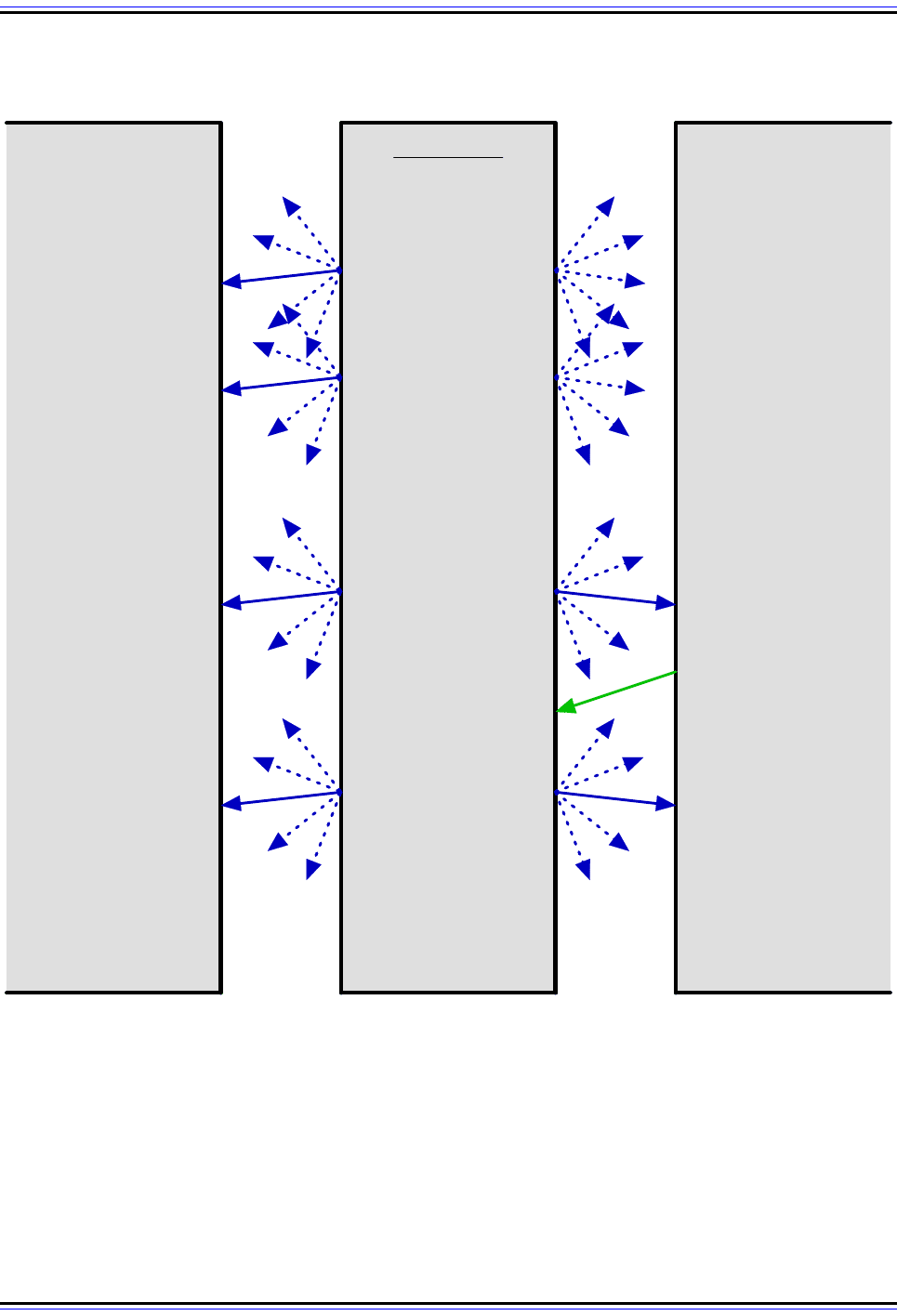
The TCP/IP Guide - Version 3.0 (Contents) ` 1197 _ © 2001-2005 Charles M. Kozierok. All Rights Reserved.
Since it uses ARP to check for address conflicts, APIPA is not well-suited for large internet-
works. To use it on an internetwork with multiple subnets, you would require software that
allows each subnet to use a different portion of the full 169.254.0.0/16 blocks, to avoid
Figure 269: DHCP Automatic Private IP Addressing (APIPA)
In this example, Client #1 is trying to get an IP address from its DHCP server, but the server is out of
addresses, so it does not respond to the client’s requests. The client is configured to use APIPA, so it
randomly selects an address from the APIPA address block. It sends an ARP Request on the local network to
see if any other device is using that address; in this case, Usually there will be no conflict, but here Client #2 is
in fact using the address, so it responds. Client #1 chooses a different address and this time gets no reply. It
begins using that address, while continuing to check regularly for a DHCP server to come online.
DHCP Server Client #1 Client #2
Client State
Create
DHCPDISCOVER Message
Broadcast
DHCPDISCOVER Message
(No Addresses Available;
No Lease Offered)
Lease Allocation Failed;
Select Random Address
From APIPA Address Block
Send ARP Request To
Check If Address Is In Use
Re ce ive ARP Request; It
Contains My IP Address
Send ARP Reply
To Client #1
Re ce ive ARP Reply; IP
Address Is Already Taken;
Select New Address
...
No DHCPOFFER Messages
Received; Try Again
(No Addresses Available;
No Lease Offered)
...
Send ARP Request To
Check If Address Is In Use
...
ARP Request Not
Addressed To Me; Ignore
No ARP Re p ly Re ce ive d; Us e
Selected Address, But
Continue To Check
Re g ular ly Fo r DHCP Se r ve r
ARP Request Not
Addressed To Me; Ignore
ARP Request Not
Addressed To Me; Ignore
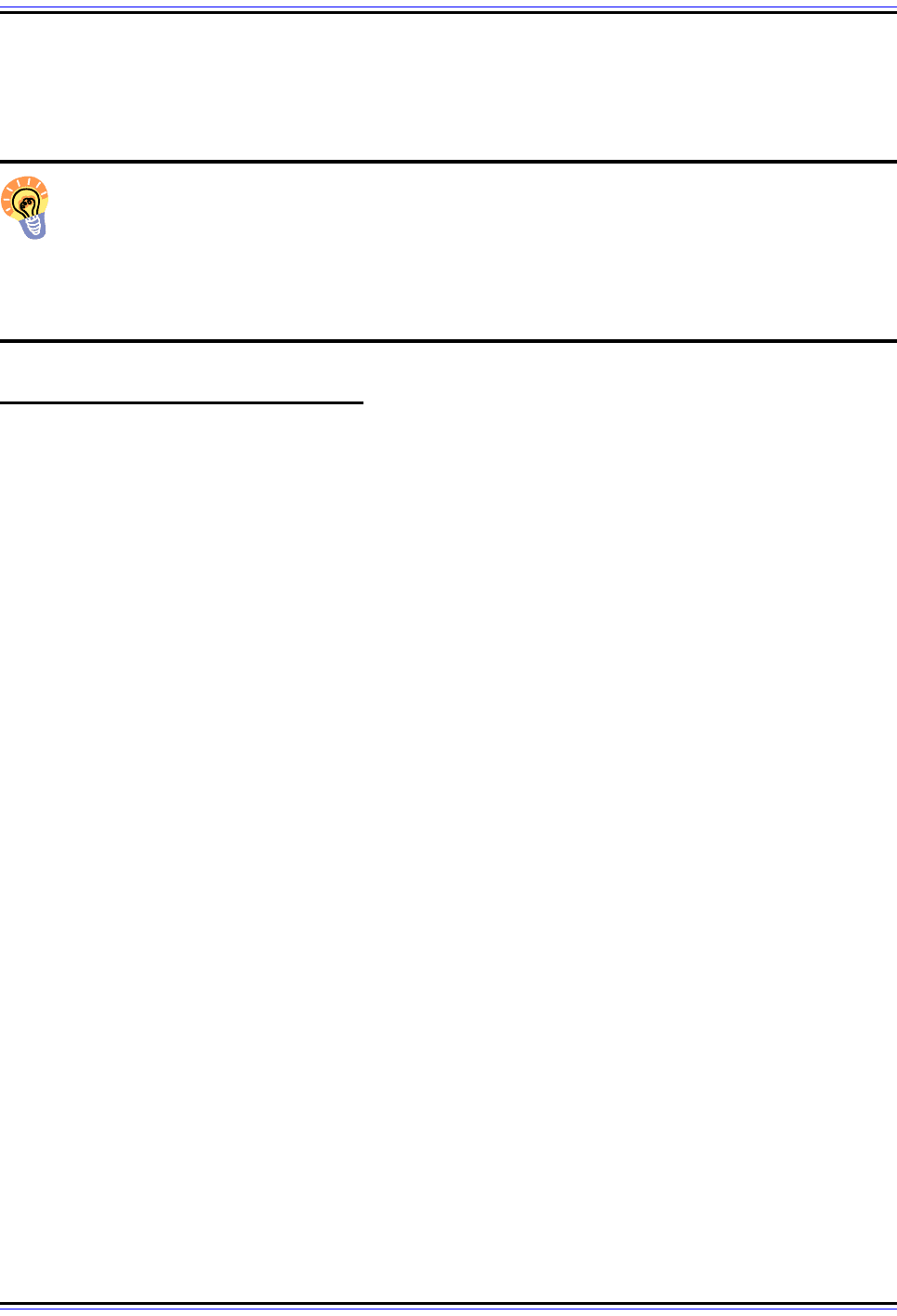
The TCP/IP Guide - Version 3.0 (Contents) ` 1198 _ © 2001-2005 Charles M. Kozierok. All Rights Reserved.
conflicts. In practice, APIPA is a solution for small networks; large internetworks deal with
the problem of not being able to contact a DHCP server by making sure that a client can
always contact a DHCP server. ☺
Key Concept: An optional DHCP feature called Automatic Private IP Addressing
(APIPA) was developed to allow clients to still be able to communicate in the event
that they are unable to obtain an IP address from a DHCP server. When enabled, the
client chooses a random address from a special reserved block of private IP addresses,
and checks to make sure the address is not already in use by another device. It continues
to check for a DHCP server periodically until it is able to find one.
DHCP Server Conflict Detection
As we saw in the first topic of this section, one of the primary decisions any TCP/IP admin-
istrator using DHCP must make is how many DHCP servers to deploy. A single server has
the advantage of simplicity, but provides no redundancy in the event of failure. It also
means that whenever the DHCP server is down, clients can't get addresses. For these
reasons, most larger networks use two or more servers.
The Need to Prevent Duplicate Assignment of the Same Address
When you have two servers or more—and let's just say two for sake of this discussion—you
then have another decision to make: how do you divide the address pool between the
servers? As I explored in detail in the discussion of DHCP address pools, there are two
options: either giving the servers overlapping addresses, or making them non-overlapping.
Unfortunately, in classical DHCP, neither is really a great solution. Overlapping ranges
mean both servers might try to assign the same address, since DHCP includes no provision
for communication between servers. Non-overlapping ranges avoids this problem, but
makes only some of the addresses available to each server.
It's strange that the DHCP standard didn't provide better support for cross-server coordi-
nation, even though there clearly was a need for it. However, certain DHCP
implementations implement an optional feature to in fact allow two servers to have
overlapping scopes without address clashes occurring. Again, this is a feature commonly
found on Microsoft DHCP servers, and may also be present in other implementations. It is
called DHCP server conflict detection.
Conflict Detection Operation
The idea behind conflict detection is very simple. Suppose a DHCP server receives a
DHCPDISCOVER message from a client and decides to offer it a lease. Before sending the
DHCPOFFER message, the server conducts a probe by sending ICMP Echo (ping)
messages out to the address it plans to offer. It then waits a short period of time to hear if it
receives any ICMP Echo Reply messages back. If it does, it knows the IP address is in use
and chooses a different one.
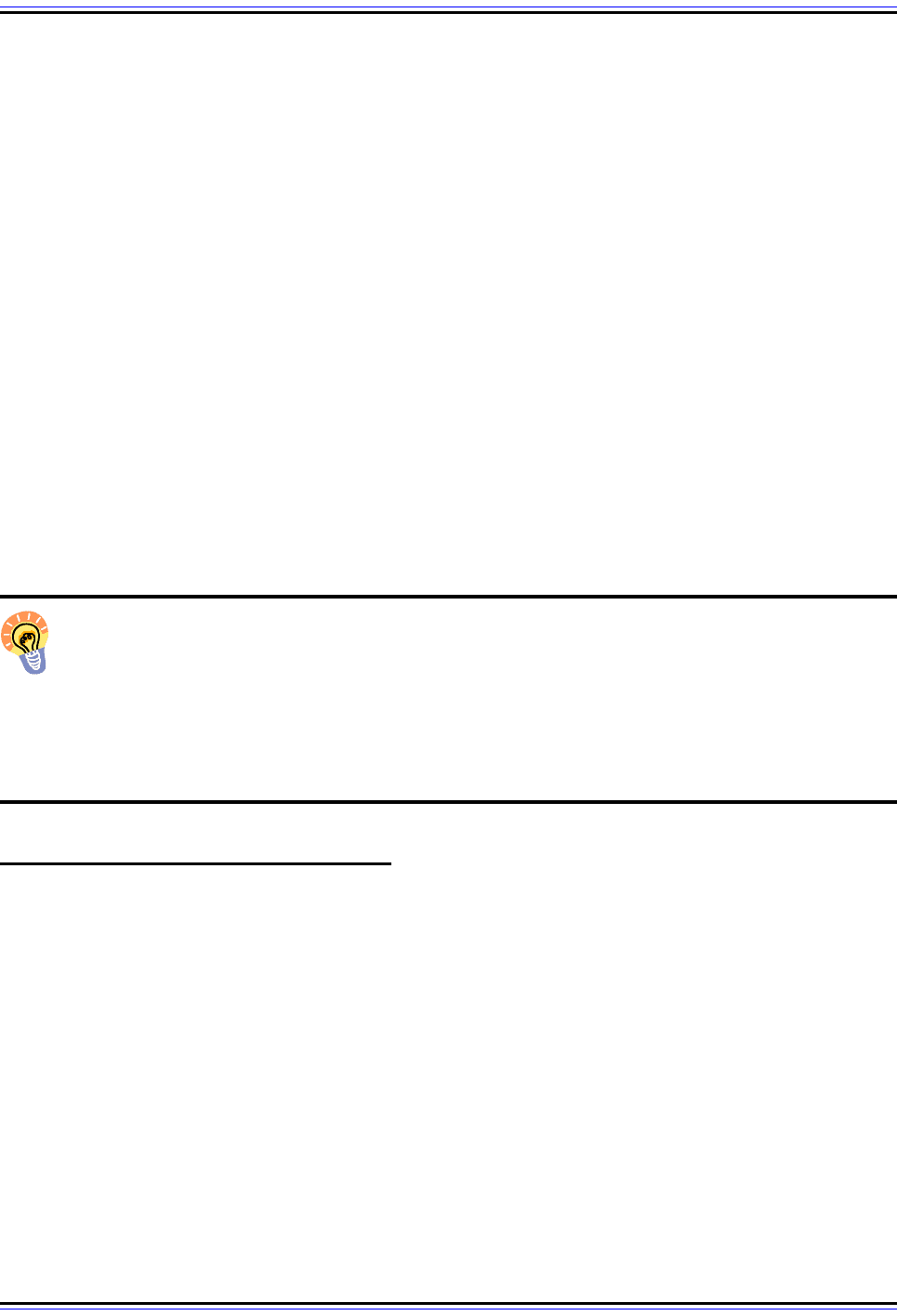
The TCP/IP Guide - Version 3.0 (Contents) ` 1199 _ © 2001-2005 Charles M. Kozierok. All Rights Reserved.
If all DHCP servers are configured to do this before offering an address, then it is possible
to give all of them the same, overlapping addresses for assignment. They won't have any
way of coordinating with each other, but as long as they “ask first” by doing an ICMP check,
there won't be any problems. This provides an administrator with the advantages of
overlapping address ranges—simplicity and access to all addresses by all servers—without
risk of address conflicts. The only small drawback is a little bit of extra network traffic to
perform the check, and possibly a few milliseconds of server CPU time if a new address
needs to be chosen.
If you were paying attention when you read about the DHCP allocation process, you may
have noticed that what I am describing here sounds familiar. In fact, it's true: this feature
really isn't anything new. The use of ICMP to check an address before offering it is actually
mentioned in RFC 2131 as part of the standard DHCP allocation process, and you can find
it mentioned as step #5 in the allocation process in this Guide.
So why was “conflict detection” required to be an extra feature? Simple: the use of ICMP
wasn't mandatory because the standard says servers SHOULD do it and not that they
MUST do it. That's why they capitalize those words in the standards. ☺ This choice was
made to provide flexibility in implementing DHCP, but that flexibility comes at a cost. So, if
you want to use this feature, you need to look for support for it in your server software.
Key Concept: Some DHCP implementations include a feature called server conflict
detection. When this feature is activated, it causes each server to always check to
make sure an address is not in use before granting it to a client. When conflict
detection is used by all DHCP servers on a network, the servers can be given overlapping
scopes, so each can assign any of the organization’s IP addresses, while at the same time
not needing to be concerned about two clients being assigned the same address by
different servers.
DHCP and BOOTP Interoperability
I've talked extensively about how DHCP was designed based on the Boot Protocol, and
how they use the same basic communication method and message format. This was done
for several reasons, one of the most important of which was ensuring interoperability of the
two protocols. Given this, you might expect that we could simply say that BOOTP and
DHCP are compatible with each other, and that's that. Then again, given that you can see I
have a whole topic on the subject, maybe you wouldn't think that at all…
It is in fact true that DHCP was intended to be compatible with BOOTP. RFC 2131 lists the
following as one of DHCP's design goals: “DHCP must provide service to existing BOOTP
clients.”. This seems pretty clear. The “reuse” of the BOOTP message format is one of the
keys to DHCP and BOOTP compatibility. DHCP functionality is implemented not through
new fields but rather through DHCP-specific options, such as the DHCP Message Type
option that specifies the all important type of DHCP messages. DHCP devices can look for
this extra information, while BOOTP devices can ignore it.
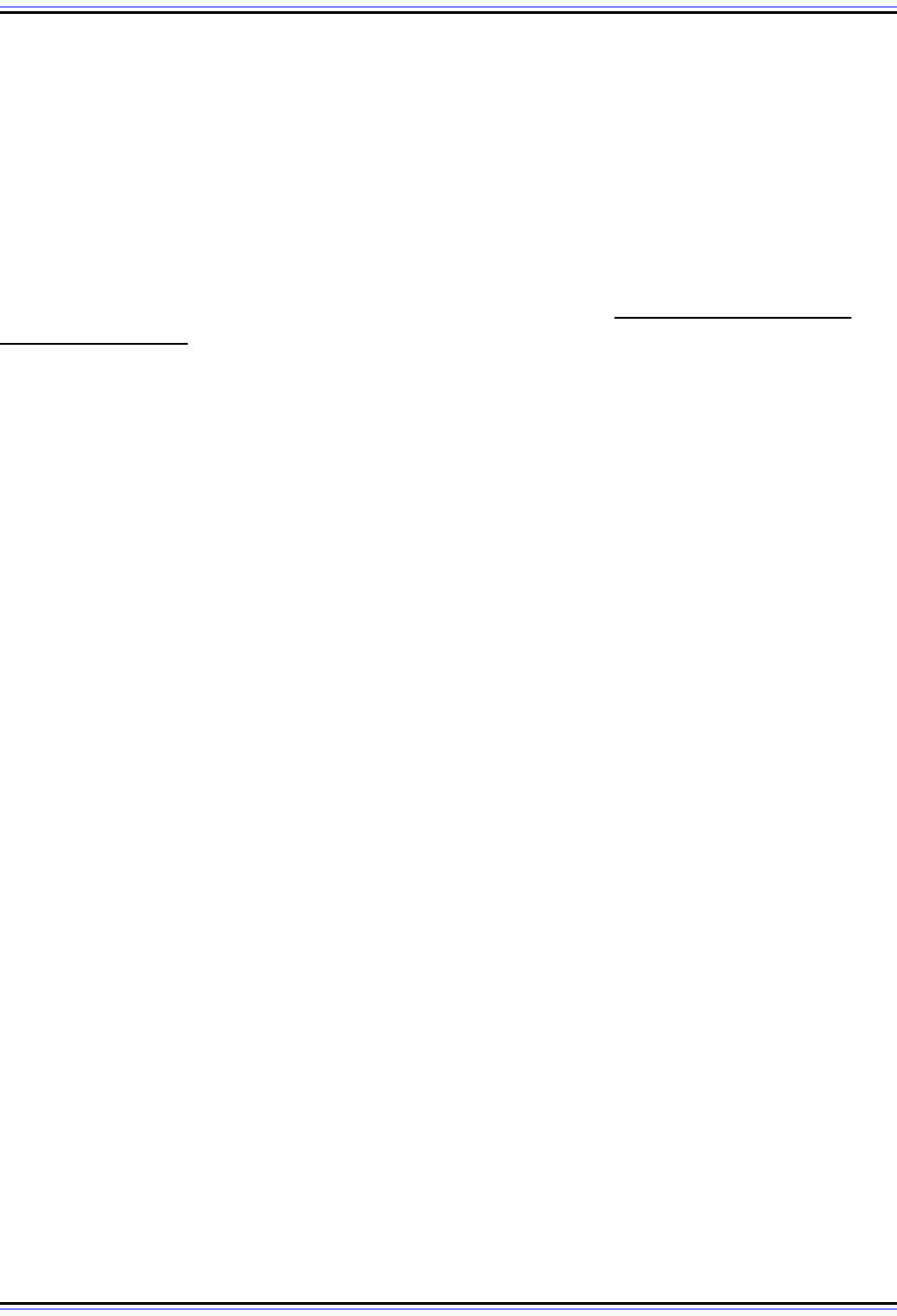
The TCP/IP Guide - Version 3.0 (Contents) ` 1200 _ © 2001-2005 Charles M. Kozierok. All Rights Reserved.
However, while DHCP and BOOTP are similar, they are not the same, and so there are
some interoperability concerns that crop up when they are used together. The DHCP
message format is structurally the same as the BOOTP format, but the interpretation of
certain fields is slightly different. BOOTP clients don't understand DHCP, so when BOOTP
and DHCP are used together, the DHCP client or server must sometimes behave slightly
differently to compensate. Further complicating matters is the fact that not all implementa-
tions of DHCP and BOOTP are necessarily exactly the same, and the fact that certain
specifications in the DHCP standard are not mandatory.
For these reasons, we cannot just assume that DHCP and BOOTP will work together. To
address some of these issues, the IETF published RFC 1534, Interoperation Between
DHCP and BOOTP, at the same time that DHCP was originally created. This document
looks at how the protocols work together, focusing on the two distinct client/server interop-
erating combinations: a BOOTP client connecting to a DHCP server, and a DHCP client
connecting to a BOOTP server. Let's consider each case one at a time.
BOOTP Clients Connecting to a DHCP Server
As indicated by the quote above from RFC 2131, DHCP was specifically intended to allow a
DHCP server to handle requests from BOOTP clients. The protocol itself is set up to enable
this, but it does require that the DHCP server be given certain intelligence to know how to
deal with BOOTP clients. One of the most important issue is, of course, that BOOTP clients
will follow the BOOTP configuration process and not the DHCP leasing processes. The
DHCP server must use BOOTP messages with the BOOTP meanings for fields when
dealing with BOOTP clients. A server determines that a client is using BOOTP instead of
DHCP by looking for the presence of the DHCP Message Type option, which must be
present in all DHCP messages but of course is not used for BOOTP.
If a DHCP server detects that it is dealing with a BOOTP client, it can respond with configu-
ration information for the client. The server can use either manual or automatic allocation
for the client. Automatic allocation of course means the server chooses an address from its
pool of unused addresses, but assigns it permanently. BOOTP clients are not capable of
dynamic allocation since BOOTP is static in nature.
A DHCP server may include BOOTP vendor information fields in its response to a BOOTP
client, including ones defined since BOOTP was created. However, it obviously must not
send any DHCP-specific options.
DHCP Clients Connecting to a BOOTP Server
Now, for the other case. A DHCP client can obtain configuration information from a BOOTP
server, because the server will respond to the client's initial DHCPDISCOVER message as
if it were a BOOTP BOOTREQUEST message. The DHCP client can tell that a BOOTP
reply has been received because there will be no DHCP Message Type option. A response
from a BOOTP server should be treated as an infinite lease, since again, that's all that
BOOTP supports. Note that if a DHCP client receives a response from both a BOOTP
server and a DHCP server, it should use the DHCP response and not the BOOTP response
(even if this means it gets a shorter lease).
